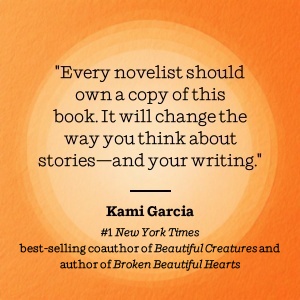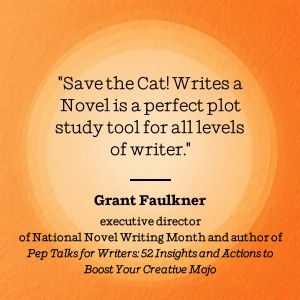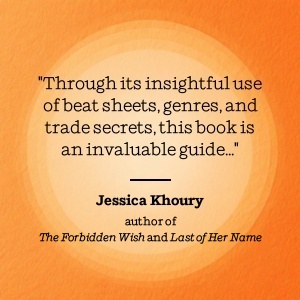Servicios al cliente
Sobre nosotros
Copyright © 2025 Desertcart Holdings Limited
Desert Online General Trading LLC
Dubai, United Arab Emirates


📖 Write Your Bestseller Today!
Save the Cat! Writes a Novel is an essential guide for aspiring authors, offering a comprehensive approach to novel writing. With proven techniques, practical exercises, and insights from a bestselling author, this book equips you with the tools needed to craft engaging stories and master narrative structure. Join a vibrant community of writers and elevate your storytelling game!



Trustpilot
Hace 1 mes
Hace 1 mes